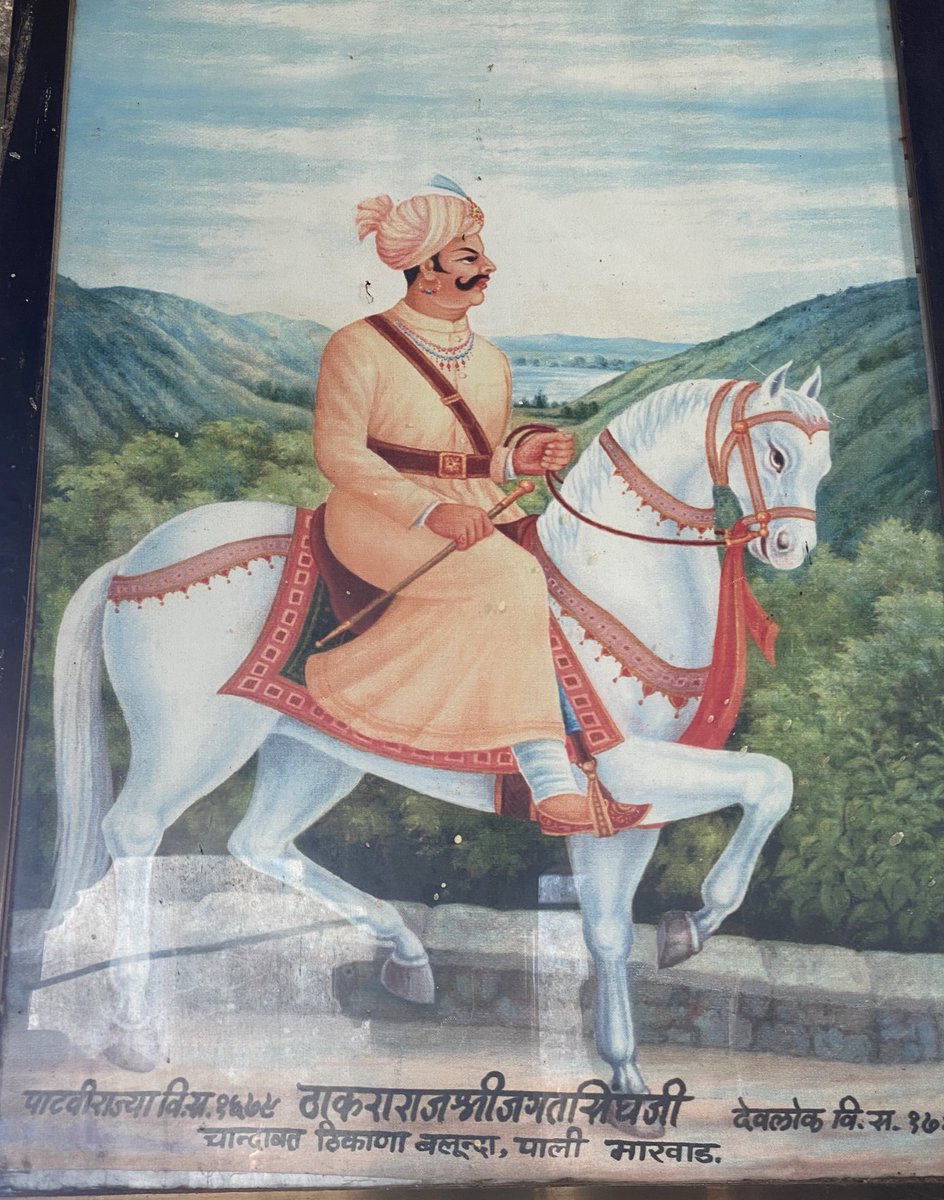
Shri Charbhuja Temple is a famous temple located in Garhbor, Rajsamand district.
There are 2 inscriptions in this temple which shows the activities of Maratha army related to this temple. This incident is lost in history and not widely known.
There are 2 inscriptions in this temple which shows the activities of Maratha army related to this temple. This incident is lost in history and not widely known.
https://twitter.com/KshatriyaItihas/status/1364483976304320512

Inscription 1 is dated of Baisakh Sudi 3, VS 1873 (1816 AD) mentions that Maratha army insisted upon handing over entire valuables of this temple. More than 61 people were injured and 4 women committed "jauhar", while trying to save this temple from loot of Maratha army. 

Inscription 2 dated of Magh Sudi 9, VS 1874 mentions that Jaswantrao Bhau assured that no marauding activities would be undertaken and people can settle peacefully here. At this time Mewar had already entered into treaty with British, which helped to stop predatory activities. 

• • •
Missing some Tweet in this thread? You can try to
force a refresh












